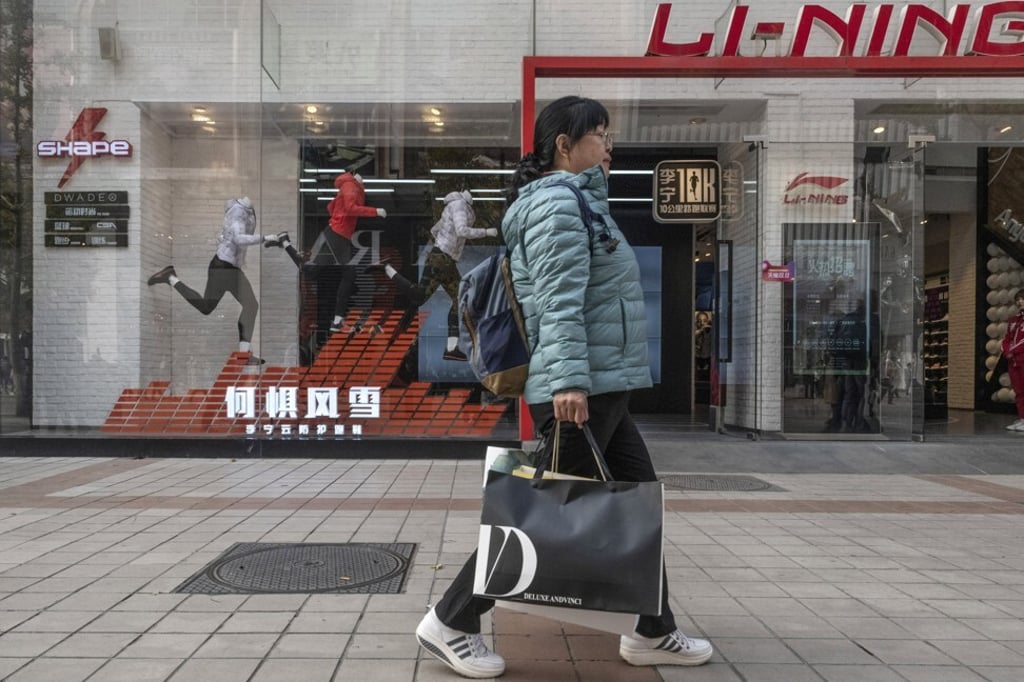Advertisement
The View | China’s coronavirus-driven supply shock has eased, but it is bracing for a drop in demand
- The domestic job market has softened and external demand from the US and UK is expected to slow down. More fiscal stimulus should be in the offing
- Car sales may rebound as local governments launch policies to support the auto sector, but easing of curbs on the property sector looks unlikely
Reading Time:3 minutes
Why you can trust SCMP
0

China has been moving quickly to reboot its economy, which is now more or less back on track. For example, coal consumption has almost returned to normal levels and the volume of traffic in large cities also climbed close to pre-epidemic levels in March.
Food prices have fallen to the pre-epidemic range, suggesting that both supply and logistics have bounced back. Rising food prices had pushed the consumer price index to above 5 per cent in January and February, somewhat constraining room for policy easing. Nevertheless, the recent recovery in supply has largely contained the price rise, giving policymakers room to manoeuvre.
By and large, supply shock is no longer the biggest threat to the economy, as many had feared when the entire country was in a lockdown mode in February.
However, a demand shock has been looming on the horizon. There are two obvious risks that would weigh on demand in the foreseeable future.
First, on the domestic front, the job market has softened, with the urban surveyed unemployment rate above 6 per cent for February, compared with around 5 per cent in normal times. The recovery in domestic demand is likely to lag behind the supply rebound.
Second, external demand is facing even stronger headwinds as both the US and Europe are gradually entering “mute” mode, which has already dampened the global growth outlook.
It is reasonable to expect that a certain degree of fiscal stimulus is set to be released to boost demand, particularly on the domestic front.

Advertisement
